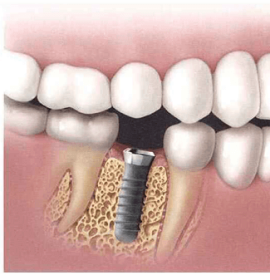
Tartar a by product of Poor Dental Care
Uncategorized
You know it’s important to brush, floss to prevent tartar build up.
But do you know why Tartar get on your teeth? And what can happen if it does?
Even if you take great care of your teeth at home, you still have bacteria in your mouth. They mix with proteins and food by
products to form a sticky film called dental plaque. This gunk coats your teeth, gets under your gum line, and sticks to fillings or other dental work. Plaque carries bacteria that can damage tooth enamel and lead to cavities. But if you remove plaque regularly, you can prevent permanent tooth decay and gum disease.
Bigger problems arise, however, if plaque stays on your teeth and hardens into tartar.
Tartar, also called calculus, forms below and above the gum line. It is rough and porous and can lead to receding gums and gum disease. It must be removed with scaling tools in our office.
Tartar can make it harder to brush and floss like you should. This can lead to cavities and tooth decay.
Any tartar that forms above your gum line could be bad for you. That’s because the bacteria in it can irritate and damage your gums. Over time, this might lead to progressive gum disease.
The mildest form of gum disease is called gingivitis. It can usually be stopped and reversed if you brush, floss, use an antiseptic mouthwash, and get regular cleanings from your dentist.
If not, it can get worse, to the point where pockets form between the gums and teeth and get infected by bacteria. That’s called periodontitis. Your immune system sends chemicals to fight back and they mix with bacteria and the stuff it puts out. The resulting stew can damage the bones and tissues that hold your teeth in place. Also, some studies link the bacteria in gum disease to heart disease and other health problems.





